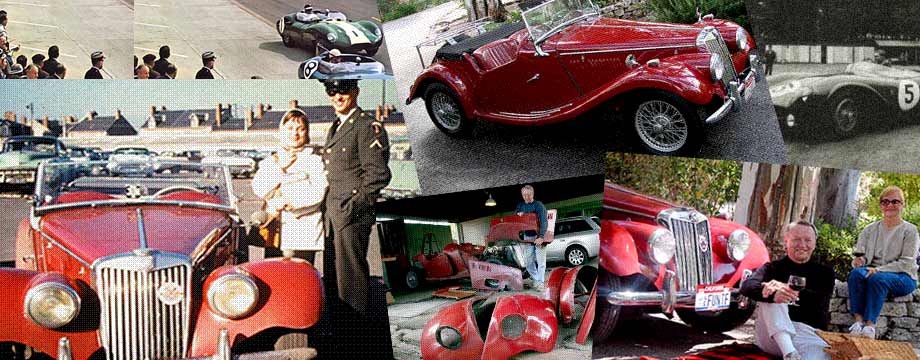We had a busy schedule for this day in Berlin. Everything should work as planned if only our legs will hold out. Solved part of that problem by purchasing a 48 hour bus/S-Bahn/U-Bahn ticket that would allow us to use any of those three transportation devices to get around Berlin. Bus 100 was the best choice as we caught it just outside our hotel.
On the way we passed the Berliner Dom, (Dom means cathedral) the largest Protestant church in Berlin. It’s a pre-war relic that spent the post-war years as a non-entity due to Communism.
Directly across the street is the new symbol of East Berlin. Construction gantries are everywhere as the East slowly but steadily becomes part of the West. They almost appear to be the city bird of Berlin.
While waiting for the bus we noticed the unusual pedestrian traffic lights characters.
We learned that they are unique to the former East Germany and have been given the nickname, Ampelmännchen. Both Google and Bing have translated it as “Ampelmännchen” so you’ll have to live with that.
There are even stores dedicated to the character, like the one next door to our hotel. We resisted buying this one.

























